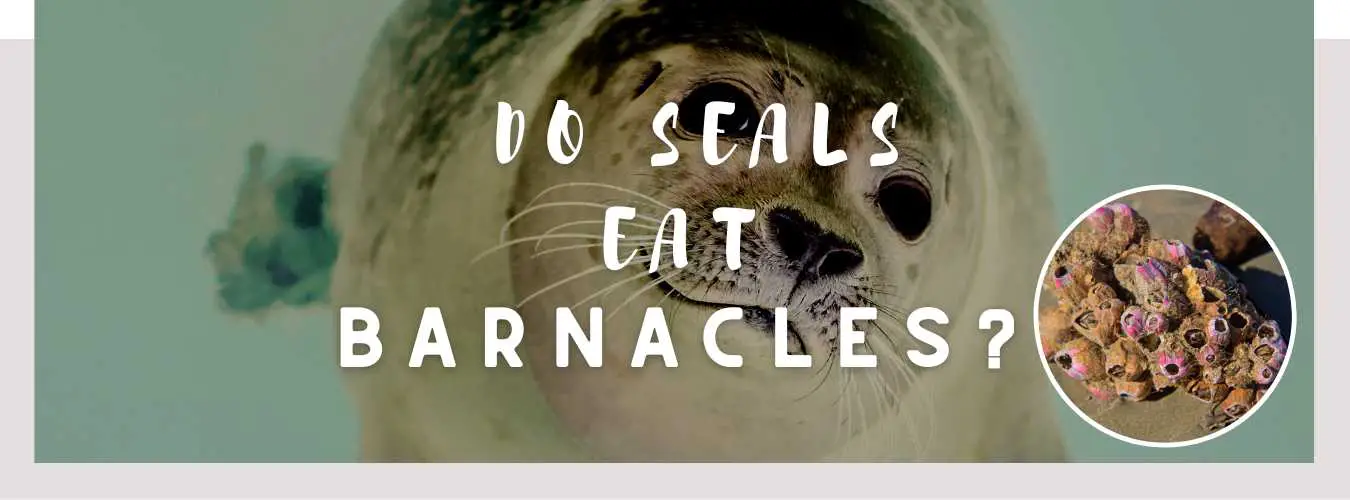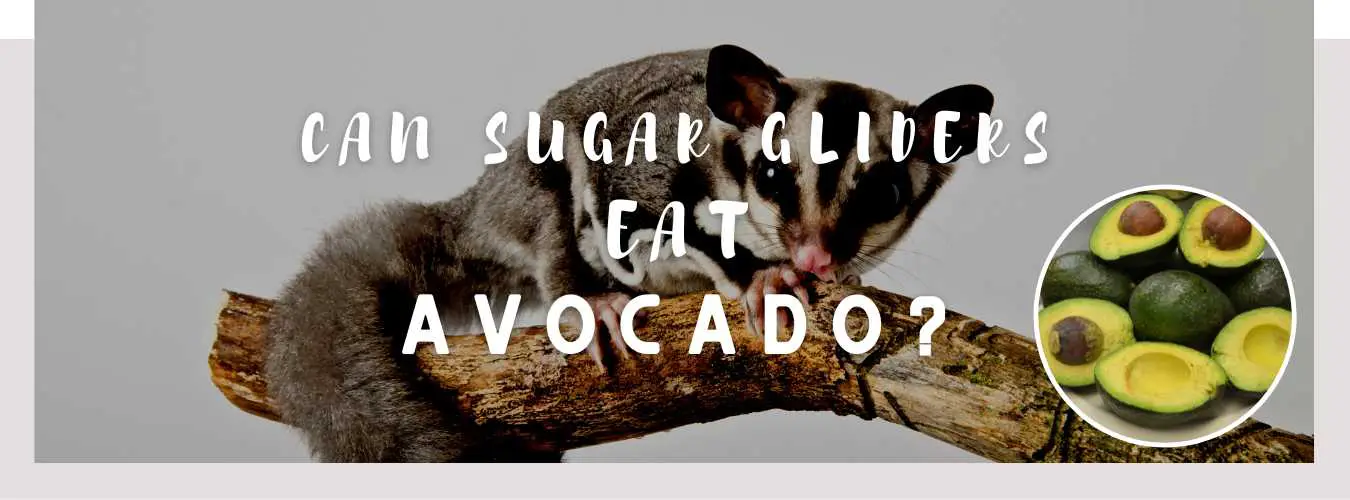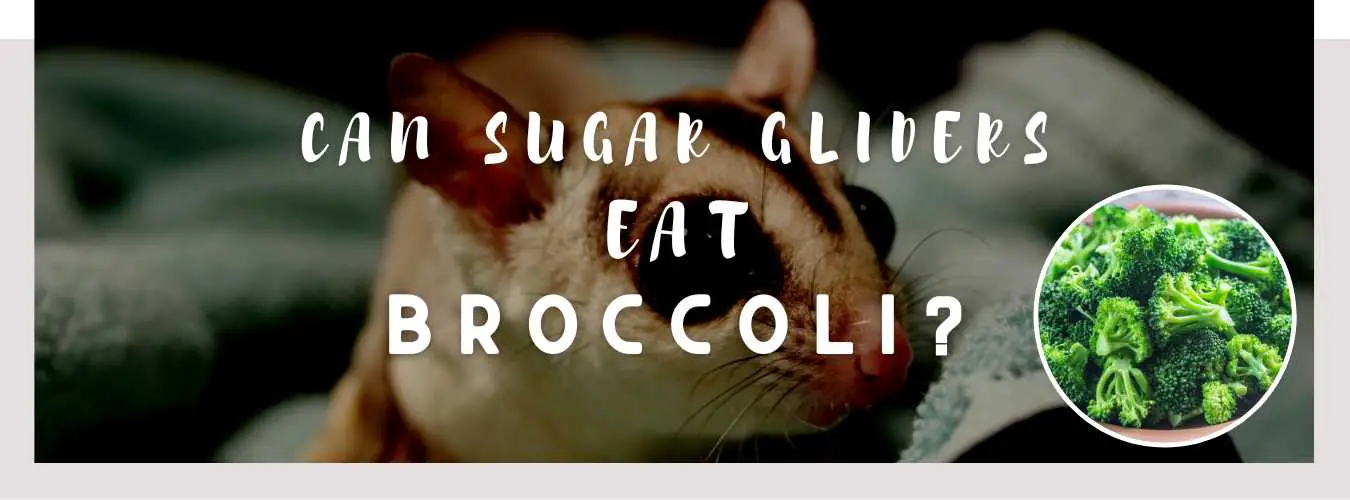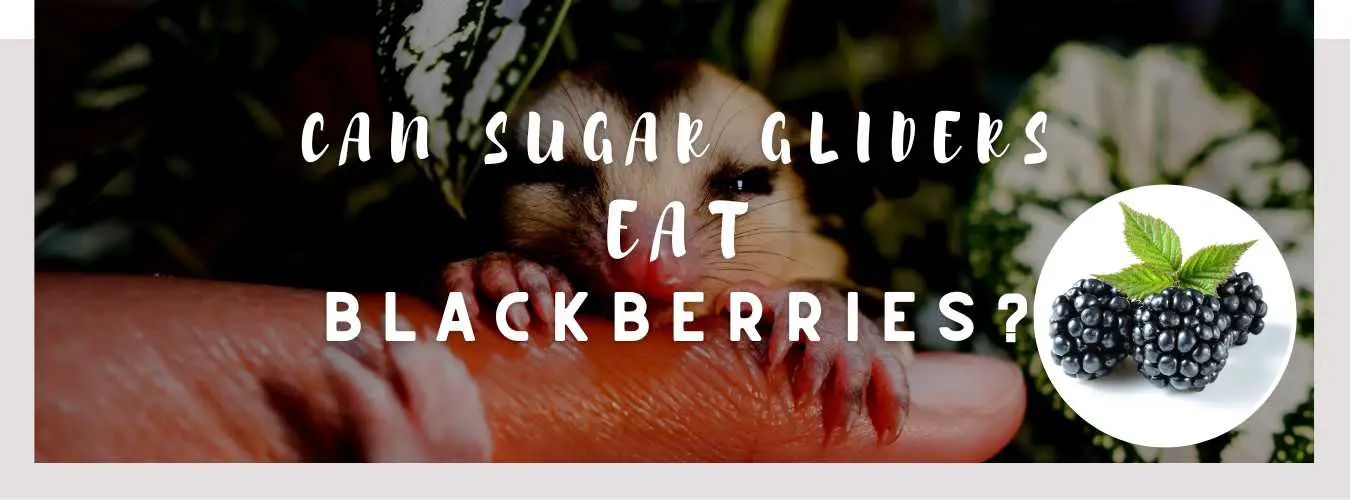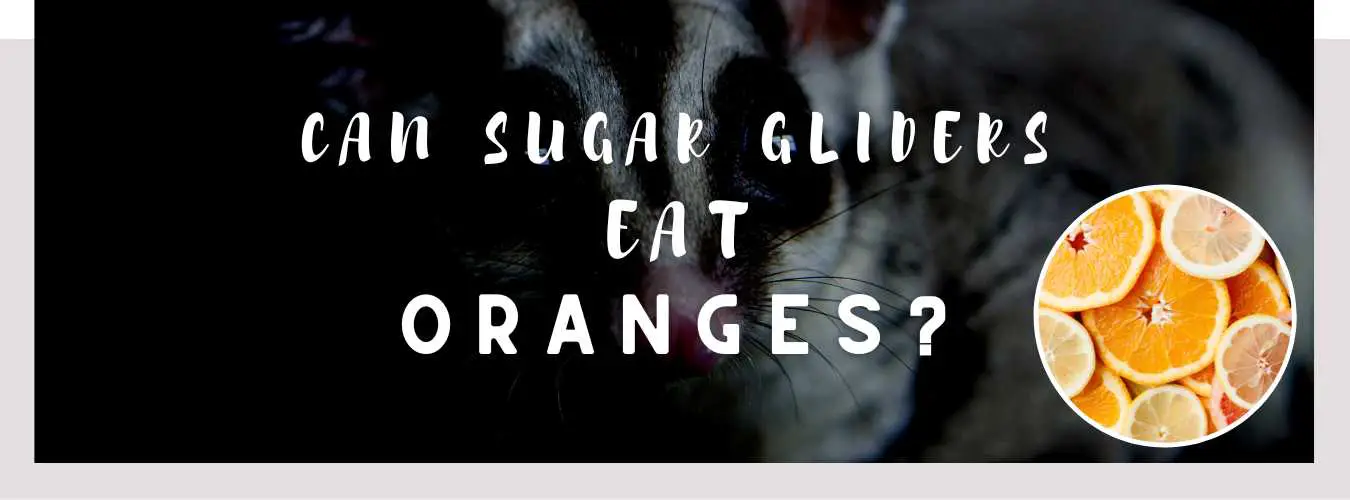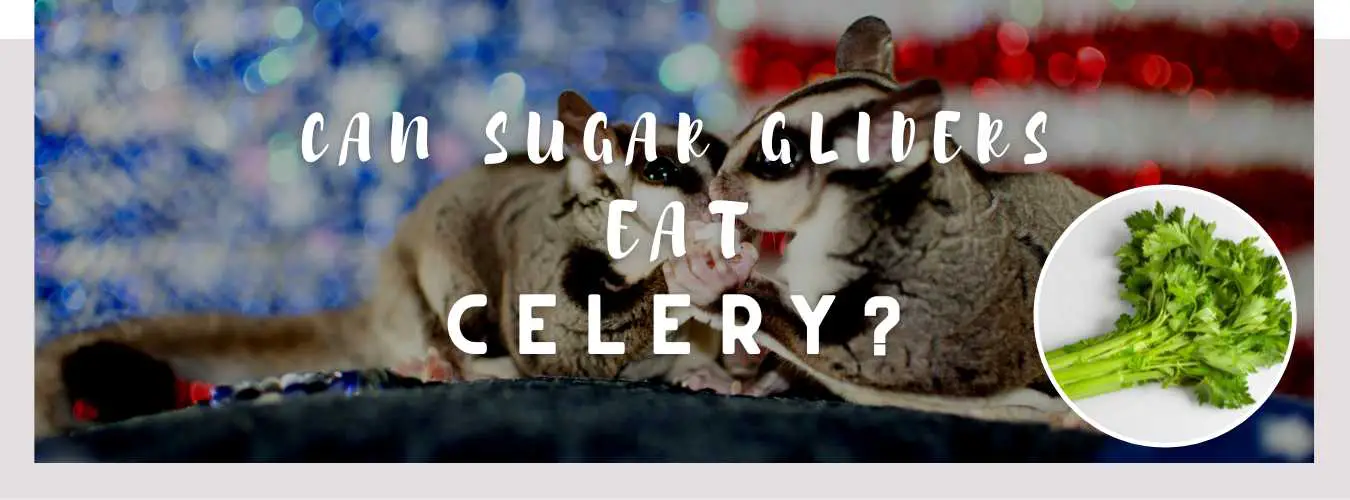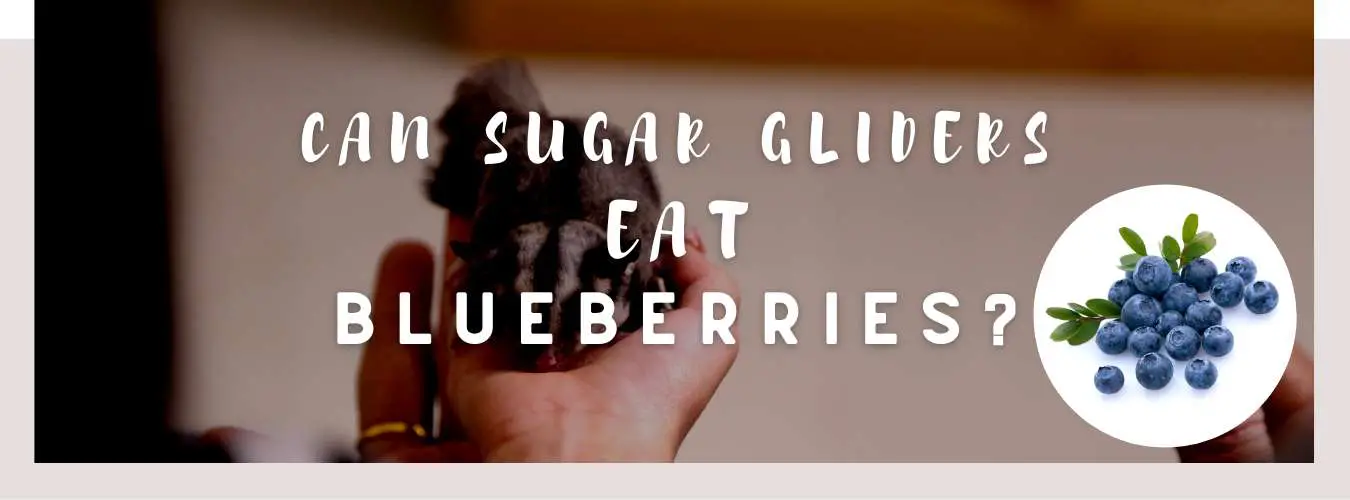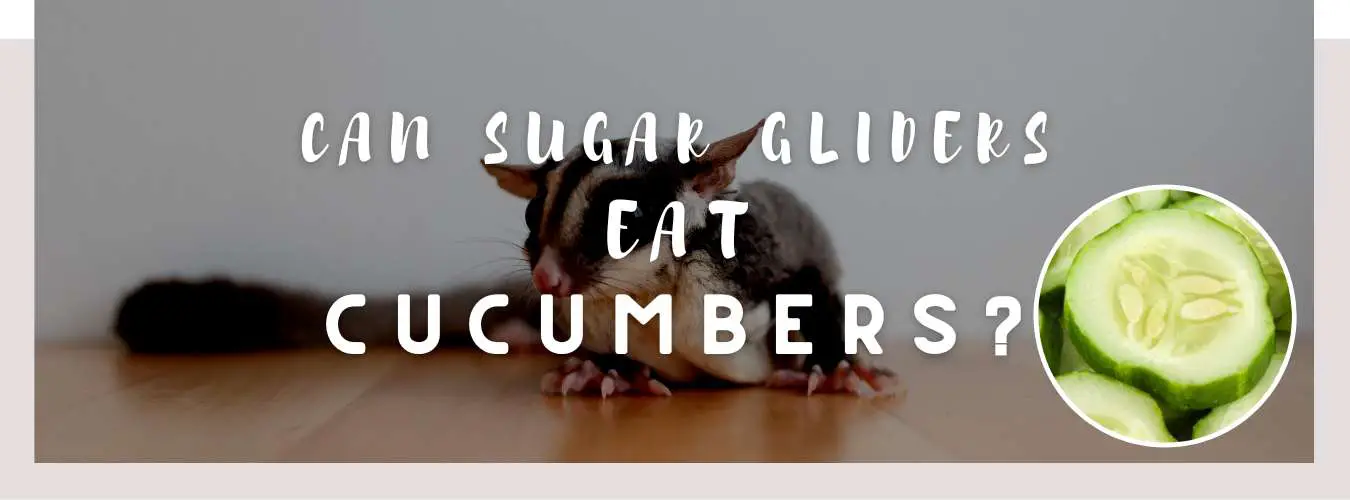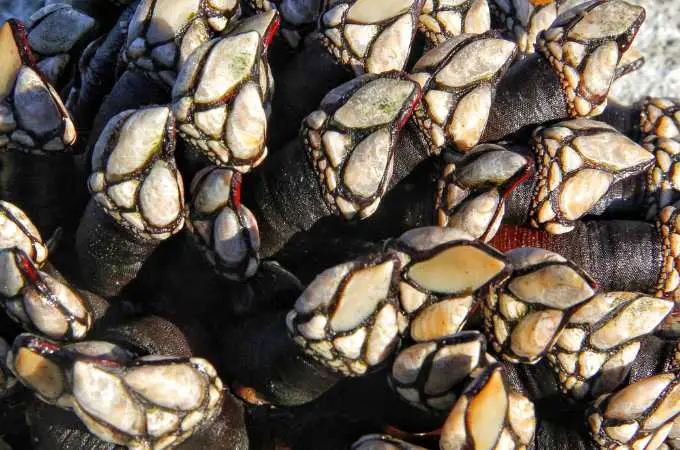
Have you ever visited the beach and noticed barnacles clinging to rocks and piers? These hardy crustaceans can be found in a variety of marine habitats worldwide. But do seals eat barnacles? The answer is yes – and in this article, we’ll investigate their relationship in more depth.
Barnacles Are Essential in Marine Ecosystems
Before we explore whether seals eat barnacles, let us first take a moment to discuss their importance in marine ecosystems. Barnacles are filter feeders, using their feathery appendages – called cirri – to catch plankton and other small organisms floating in the water. As such, they play an integral role in many marine food webs.
Barnacles provide a habitat for many creatures. Their hard, protective shells create small crevices and niches where smaller organisms can live and hide from predators. Indeed, some fish and crab species are so closely associated with barnacles that they often live among them.
You might also like: What Do Ringed Seals Eat?
Seals and Barnacles: An Intertwining Relationship
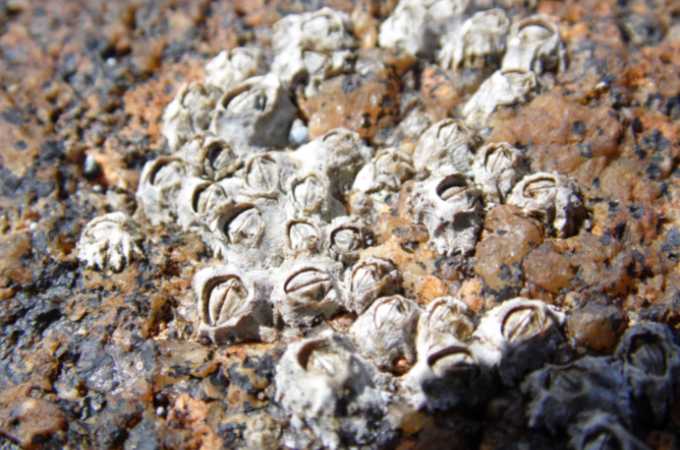
Let’s revisit our original question: do seals eat barnacles? The answer is yes, though not in the way you might think. While some species of seal do eat barnacles, it is not typically their main food source. Instead, these animals consume various other prey items like fish, squid, and other marine invertebrates.
Barnacles can still be an important component of a seal’s diet, particularly in certain environments. For instance, when fish populations are low or seasonal, seals may turn to other prey items like barnacles for additional sustenance.
Barnacles can be a potential food source for seals, but they may also pose a threat in certain circumstances. For instance, if a seal becomes entangled in an abundance of barnacles, it may have difficulty swimming or moving freely, leaving it more vulnerable to predation.
You might also like: Do Seals Eat Squid?
How Seals Feed on Barnacles
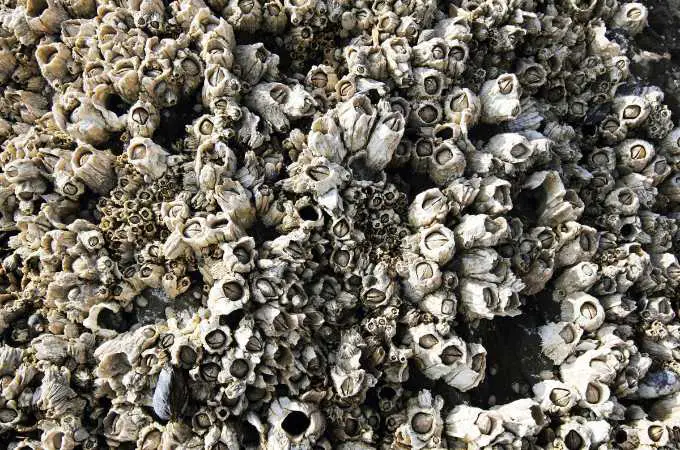
Seals feed off of barnacles by sucking on their shells.
How do seals actually feed on barnacles? That depends on both the species of seal and type of barnacle involved. Some, like the northern elephant seal, use their powerful jaws to crush and break apart barnacle shells in order to access soft tissue inside; other species like harbor seals may simply use their teeth to scrape away barnacles from rocks or other surfaces.
Some seals have even been observed using tools to access barnacles. Scientists have documented instances of Australian fur seals using rocks to pry barnacles off rocks and piers – an activity believed to be relatively rare, yet it serves to illustrate the remarkable intelligence and adaptability these animals possess.
Conclusion
So, do seals eat barnacles? Absolutely, though they typically don’t rely on them as their primary food source. Instead, seals typically feed on fish, squid, and other marine invertebrates. In certain circumstances such as low fish populations or seasonal changes in availability, however, some seal species may turn to barnacles for additional sustenance.
Barnacles are essential members of marine ecosystems, providing habitat to a range of creatures and playing an essential role in the food web. Though their relationship is complicated, it’s clear that seals and barnacles are fundamentally connected in many different ways. By understanding more about barnacles’ role within ocean environments, we can gain a better appreciation for both their diversity and complexity as well as why it is so important to preserve these habitats for future generations.
Seals and barnacles have ecological importance, as well as being fascinating creatures in their own right. Seals have evolved to live underwater with sleek bodies, powerful flippers, and superior underwater vision. Furthermore, seals tend to form social groups where they communicate with one another via vocalizations and body language.
Barnacles are truly remarkable creatures of the ocean. As sessile crustaceans (those permanently attached to a substrate), they have evolved an array of ingenious adaptations for survival. Some barnacles have long, flexible stalks which enable them to sway back and forth in water in search of plankton; others have hard, calcified plates as protection from predators.

